Milwaukee M18 Fuel 2916-20 Bruksanvisning
Les nedenfor 📖 manual på norsk for Milwaukee M18 Fuel 2916-20 (11 sider) i kategorien hammer. Denne guiden var nyttig for 12 personer og ble vurdert med 4.9 stjerner i gjennomsnitt av 6.5 brukere
Side 1/11

OPERATOR'S MANUAL
MANUEL de L'UTILISATEUR
MANUAL del OPERADOR
WARNING To reduce the risk of injury, user must read and understand operator's manual.
AVERTISSEMENT An de réduire le risque de blessures, l'utilisateur doit lire et bien
comprendre le manuel.
ADVERTENCIA Para reducir el riesgo de lesiones, el usuario debe leer y entender el manual.
WARNING To reduce the risk of injury, user must read and understand operator's manual.
AVERTISSEMENT An de réduire le risque de blessures, l'utilisateur doit lire et bien
comprendre le manuel.
ADVERTENCIA Para reducir el riesgo de lesiones, el usuario debe leer y entender el manual.
M18 FUEL™ 1-1/4" SDS PLUS D-HANDLE ROTARY HAMMER
W/ ONE-KEY™
PERCEUSE À PERCUSSION ROTATIVE À POIGNÉE EN « D »
DE 32 mm (1-1/4") M18 FUEL™ SDS PLUS AVEC ONE-KEY™
ROTOMARTILLO CON EMPUÑADURA EN "D" DE 32 mm (1-1/4")
M18 FUEL™ SDS PLUS CON ONE-KEY™
Cat. No. / No de cat.
2916-20
SDS
PLUS
Produkspesifikasjoner
| Merke: | Milwaukee |
| Kategori: | hammer |
| Modell: | M18 Fuel 2916-20 |
Trenger du hjelp?
Hvis du trenger hjelp med Milwaukee M18 Fuel 2916-20 still et spørsmål nedenfor, og andre brukere vil svare deg
hammer Milwaukee Manualer
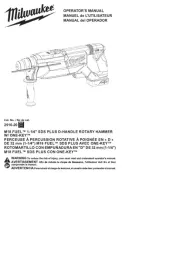
16 August 2025
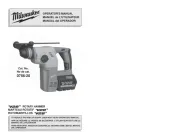
14 August 2025
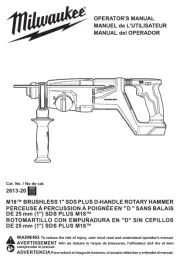
14 August 2025
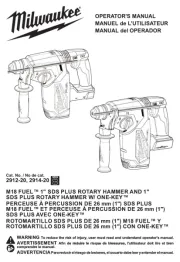
14 August 2025
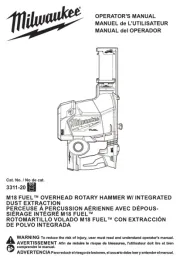
14 August 2025
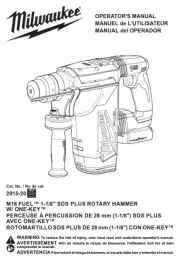
14 August 2025
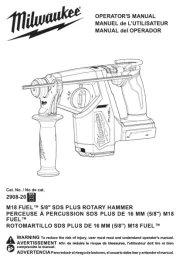
14 August 2025
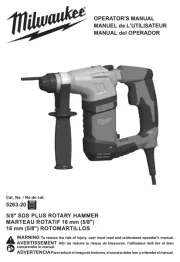
14 August 2025
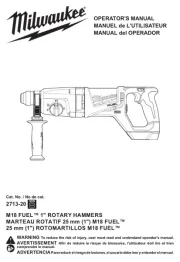
13 August 2025
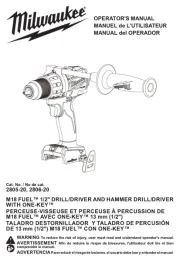
4 August 2025
hammer Manualer
- DeWalt
- Ryobi
- Einhell
- Ozito
- Craftsman
- Biltema
- Hikoki
- Parkside
- Maestro
- Black Decker
- Bavaria By Einhell
- Toolson
Nyeste hammer Manualer
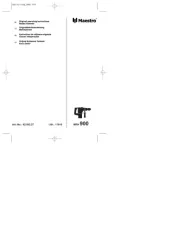
19 September 2025
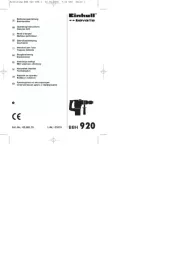
12 September 2025
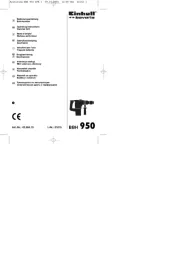
12 September 2025
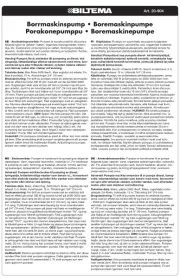
11 September 2025
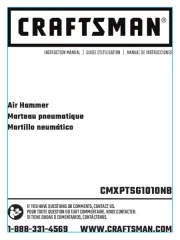
8 September 2025
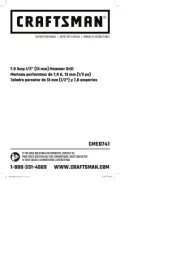
8 September 2025
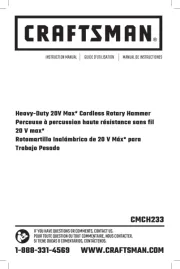
8 September 2025
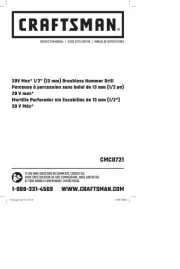
7 September 2025
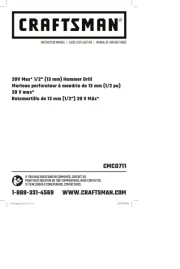
7 September 2025
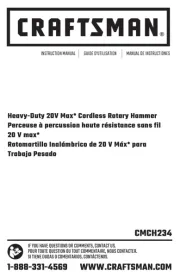
7 September 2025